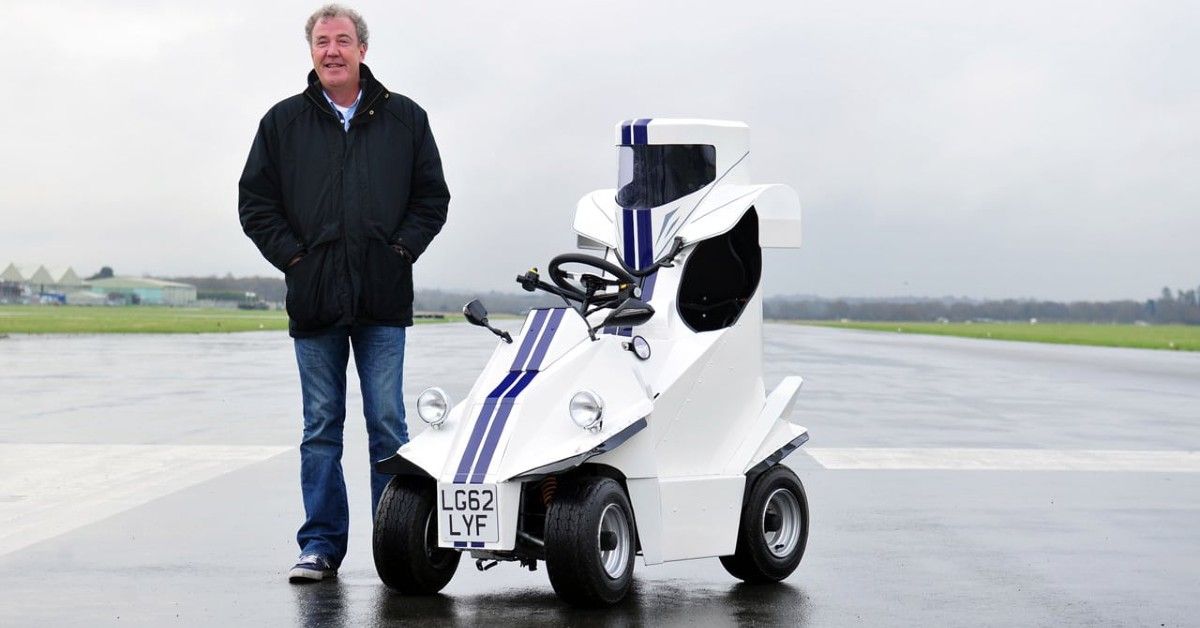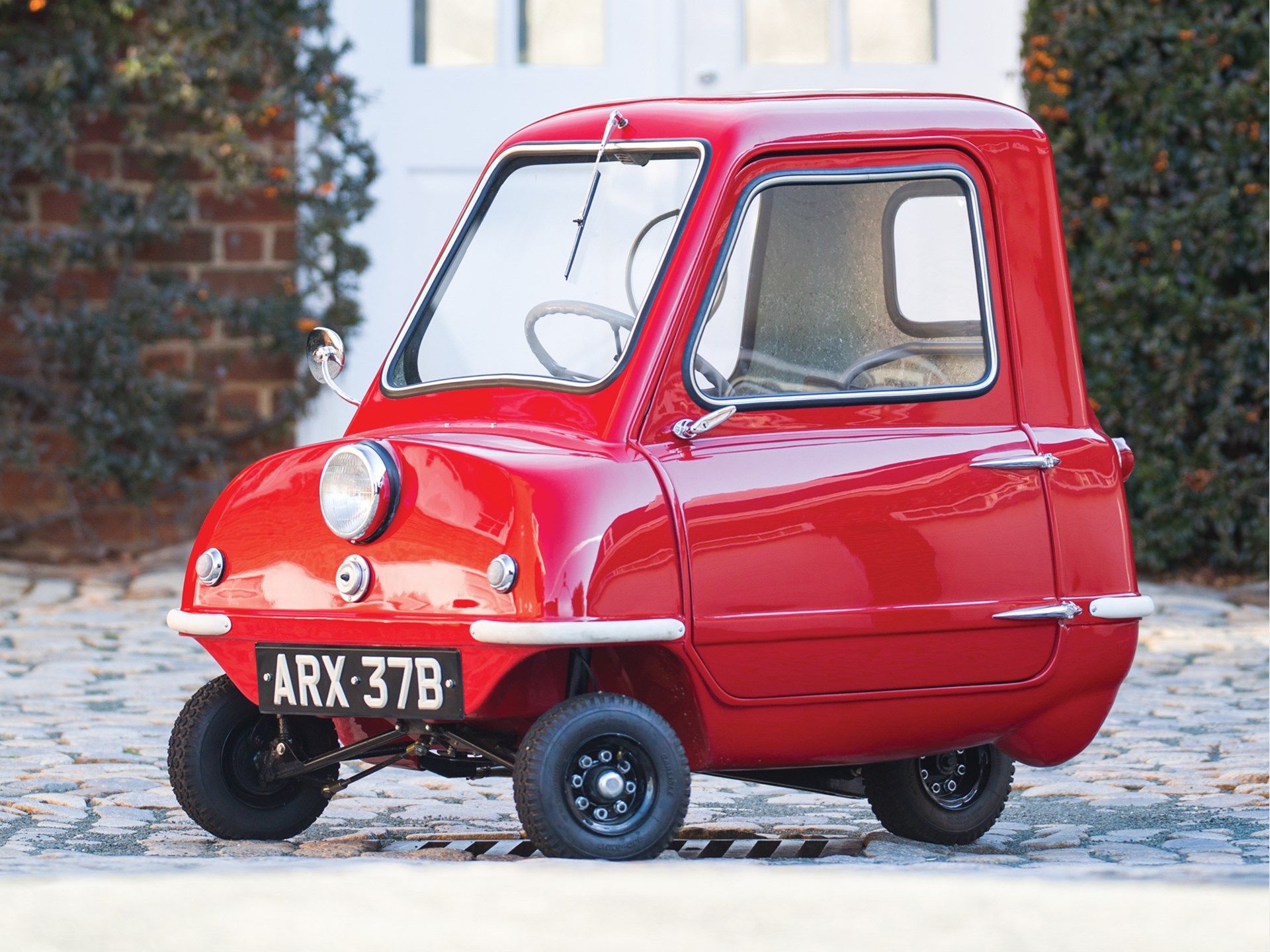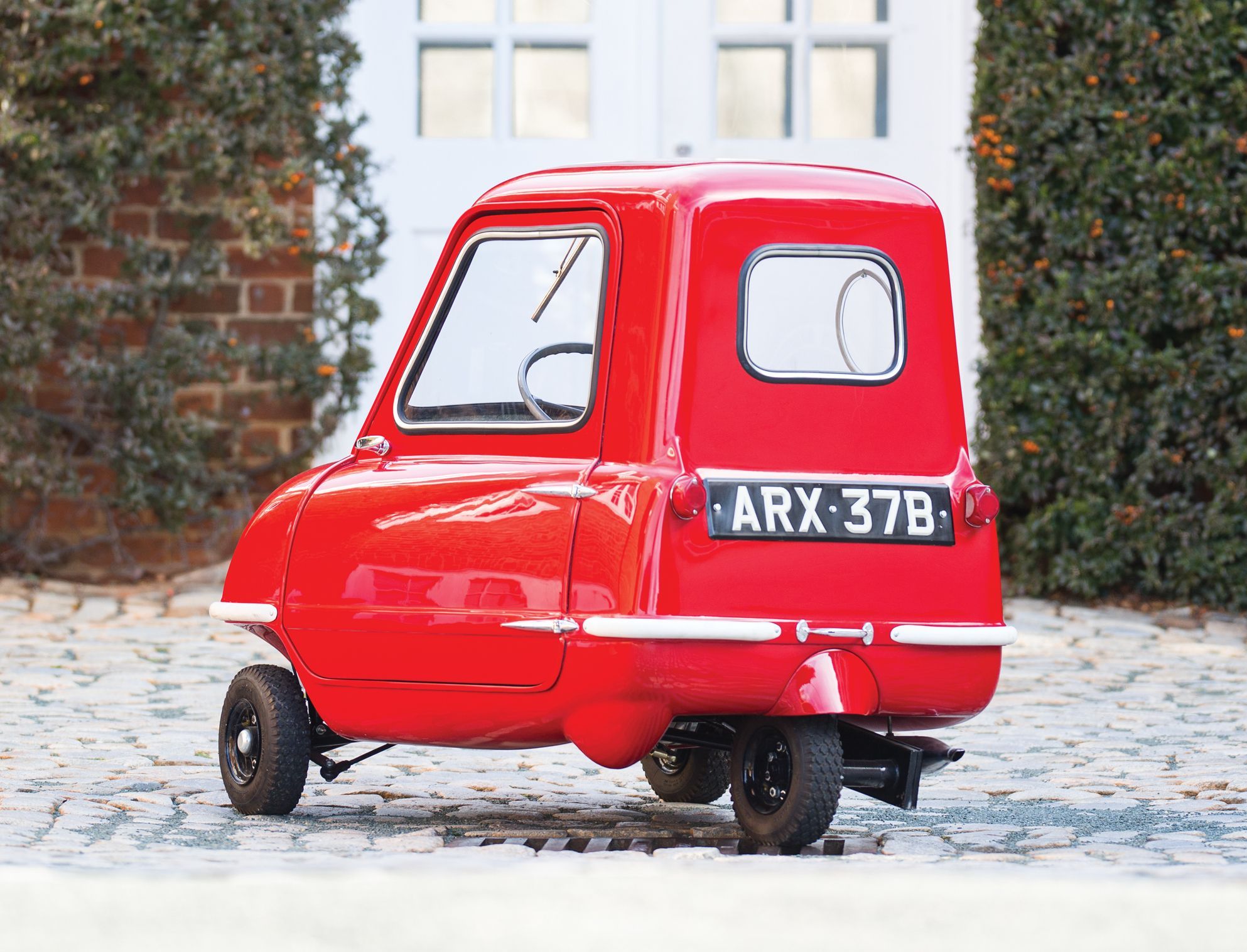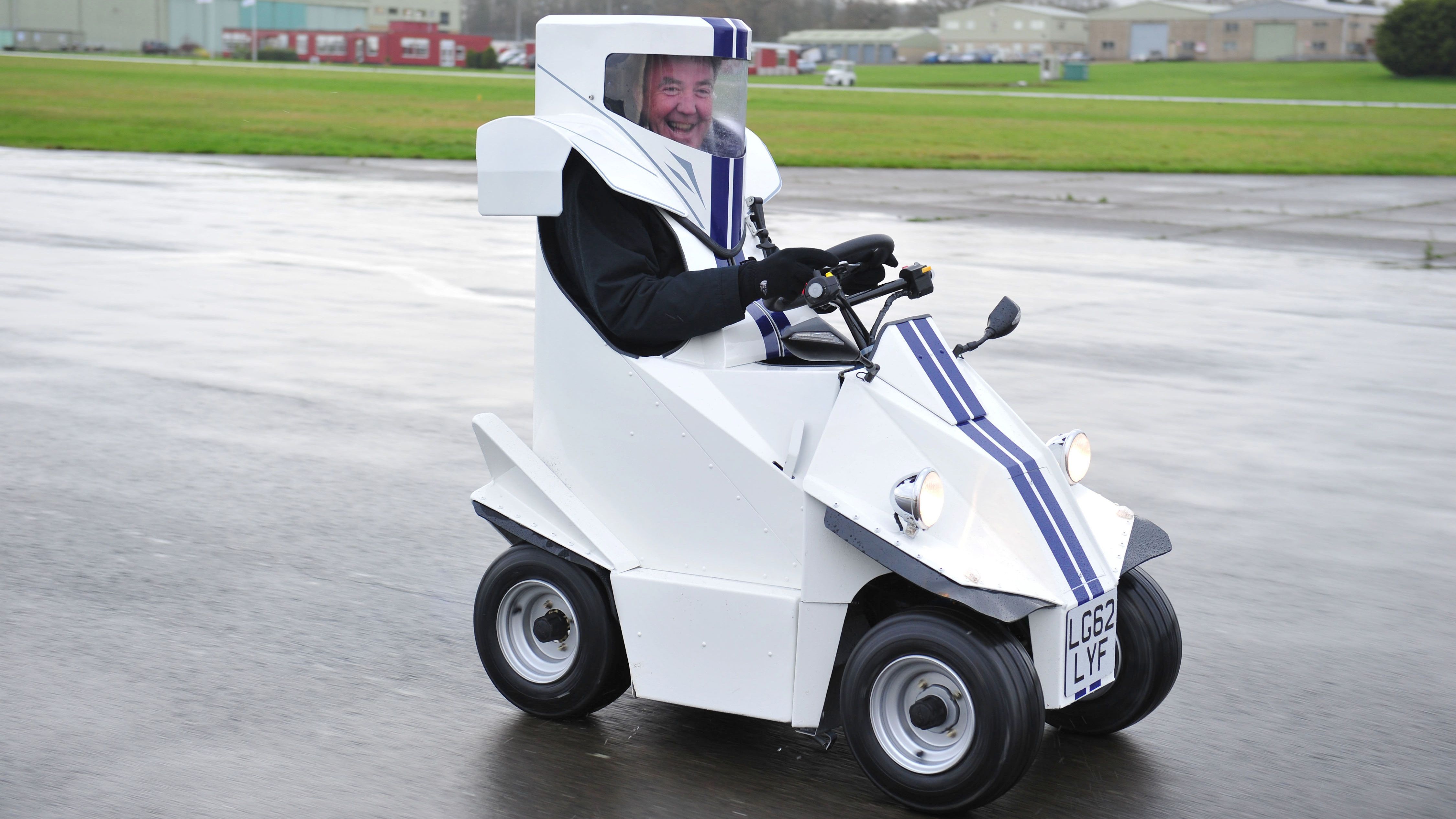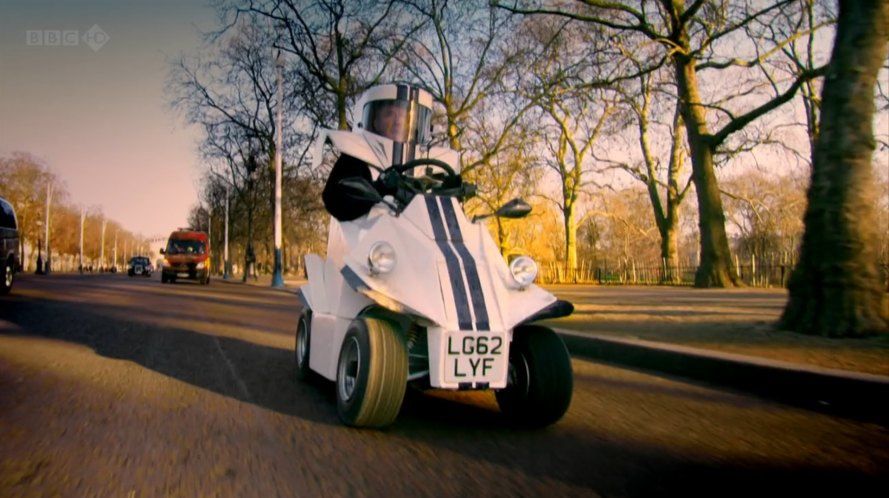Top Gear has been known to go off-limits more often. However, they do sometimes offer the most creative and entertaining bits of content ever seen on broadcast media. Most of their endeavors revolve around praising sports cars, critiquing generic automobiles or, scrounging for old cars and beating the hell out of them.
The complete opposite of what automotive reviewing stood for, Top Gear has essentially been a humorous banter between three people and some cars thrown into the mix. The trio: Jeremy Clarkson, Richard Hammond, and James May have entertained us with what is quite possibly the world’s most successful motoring show.
At times the crew at Top Gear set about creating their versions of what is an “ideal” car for a given purpose. They’ve been seen modifying a Bentley Continental GT for a rally course and fabricating an electric vehicle from scratch which quite frankly resembled a steel drawer with wheels attached.
But the most ambitious of them all is when Jeremy decided to take on the smallest car in the world, the Peel P50 by making an even smaller one. Top Gear’s very own, P45.
Peel P50: The Inspiration Behind Jeremy’s P45
The Peel P50 is a hilarious excuse for a car. At 54 inches long and 39 inches wide and with an unladen weight of 130 pounds, the P50 holds the record as the smallest car ever to go into production. Well, in some parts of the world it’s not a car but a quadricycle despite having a door and roof. The Peel P50 was so small that a standard Mini Cooper, or your average hatchback, could fit one or possibly two P50s inside them. Designed as a city car, the P50 was advertised in the 1960s as capable of seating "one adult and a shopping bag." In this increasingly busy and congested world, the P50 is a boon for city dwellers.
However, the car (or three-wheeler) didn’t have the most exciting of driving experiences. For one, the P50’s engine was a 49-cc two-stroke mated to a 3-speed manual (no reverse) that made about 4.2 horsepower. Officially, the P50 could reach 37 mph, but Top speed as Mr. Jeremy quotes is “limited to your stature and what you had for breakfast.” However, post its introduction in 1963, it took several decades for Peel to give it a proper revival. In 2011, the P50 got a 49-cc four-stroke motor, but instead of a power bump, the newer version made 3.3 horsepower. To a P50 owner, that’s really not something to bother about. Also, Peel brought out an electric P50 around the same time that made roughly the same power figures but was emissions compliant.
The P45: Smaller Than The Smallest Car In The World
The P45 was born from the self-proclaimed genius’ witty and creative mind. Although Mr. Clarkson has been portrayed to have the intellectual capacity of a squashed apricot, the P45 is truly a masterstroke. The whole point of the P45 was to offer unadulterated entertainment and Jeremy as always nailed to presentation. The P45 has the drivetrain of a four-wheel all-terrain vehicle and though outputs are unclear, it would’ve provided a decent shove.
It had all the bells and whistles to make it road legal in the UK and so with his demo, Mr. Clarkson set off to revolutionize motoring. Though he intended the “car” to be the future of mobility, it was evident that the P45 had a few major flaws. From the video, it can be seen that the P45 was quite frankly unsafe. Although it was smaller than the P50, the P45 is upon inspection something that resembled you in a hazmat suit aboard a quad-bike. That said, the P45 had one key advantage over the P50, a reverse gear.
Sources: Top Gear

